Russian Cyber Warfare Targets Encrypted Messaging: The Signal QR Code Exploit Crisis The Rise of a New Attack Vector

Encrypted messaging apps like Signal have become critical tools for journalists, activists, military personnel, and privacy-conscious users worldwide. However, Google's Threat Intelligence Group has revealed that Russian-aligned hacking collectives UNC5792 and UNC4221 have weaponized Signal's device-linking feature, turning its core privacy functionality into an espionage vulnerability.
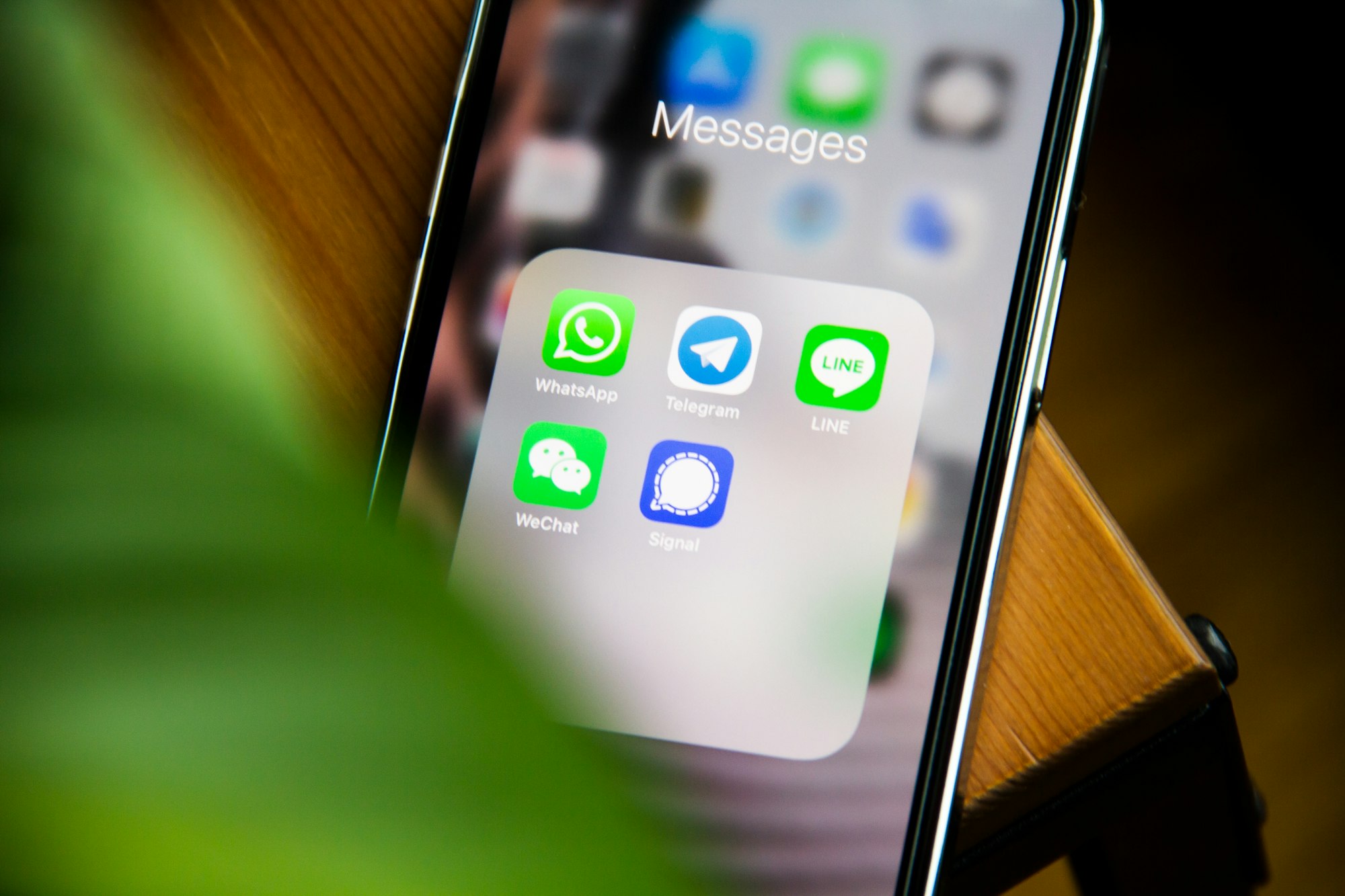
Anatomy of the QR Code Exploit
How the Attack Works:
- Phishing Lures: Victims receive seemingly legitimate Signal group invites, security alerts, or military-themed messages (e.g., Ukrainian artillery coordination tools).
- QR Code Manipulation: Embedded QR codes appear authentic but contain modified URI parameters redirecting to attacker-controlled servers.
- Device Hijacking: Scanning the code links the victim's Signal account to a hacker-controlled device, bypassing end-to-end encryption protections.
- Silent Surveillance: Attackers gain real-time access to messages without tripping security alerts on the victim's primary device.
Technical Breakdown:
- UNC5792's Infrastructure: Operates domains mimicking Signal's API endpoints (
signal.group.com.proxy[.]ru), using TLS certificates to appear legitimate. - UNC4221's PINPOINT Payload: JavaScript malware that:
- Harvests GPS coordinates
- Steals device metadata (OS, browser fingerprints)
- Captures Signal account credentials
- Maintains persistence through encrypted C2 channels
Russian threat actors UNC5792 and UNC4221 have been identified as key players in targeting Signal users, employing sophisticated phishing techniques to compromise accounts:
- UNC5792 (partially overlapping with UAC-0195) creates modified Signal group invites hosted on actor-controlled domains, replacing legitimate redirection code with malicious URIs to link victims' accounts to attacker-controlled devices12.
- UNC4221 (tracked as UAC-0185) targets Ukrainian military personnel using a custom phishing kit that mimics the Kropyva artillery guidance application. Their tactics include embedding malicious QR codes in Kropyva-themed phishing pages and deploying a JavaScript payload called PINPOINT to collect user information and geolocation data12.
Target Profile: From Battlefield to Global Threat
Primary Victims (2023–2025):
- Ukrainian military personnel using the Kropyva artillery system
- Government officials in Eastern Europe
- NGO workers in conflict zones
Emerging Patterns:
- 63% of attacks leverage wartime themes (e.g., "evacuation notices")
- QR codes distributed via SMS, Telegram, and compromised government portals
- Average compromise duration before detection: 17 days
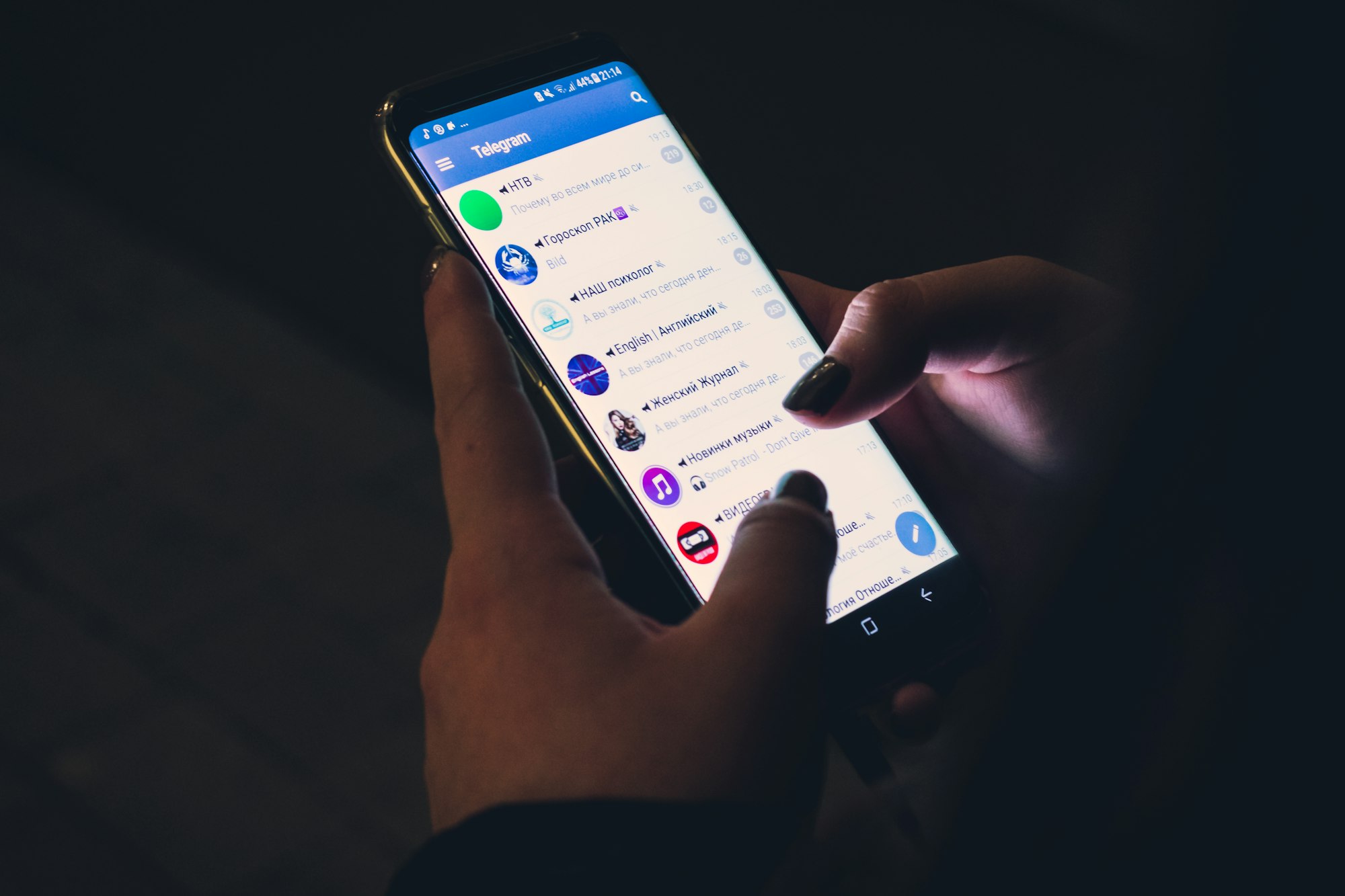
Why Signal's Architecture is Vulnerable
Design Flaw Exploited:
- Device linking requires only QR code scanning, not re-authentication
- No geographical anomaly detection for new linked devices
- Historical device list not easily auditable by average users
Encryption Limits:
While Signal's protocol remains unbroken, the attack subverts its trust model:
- End-to-end encryption preserved, but messages duplicated to attacker devices
- Sealed sender anonymity compromised through metadata analysis
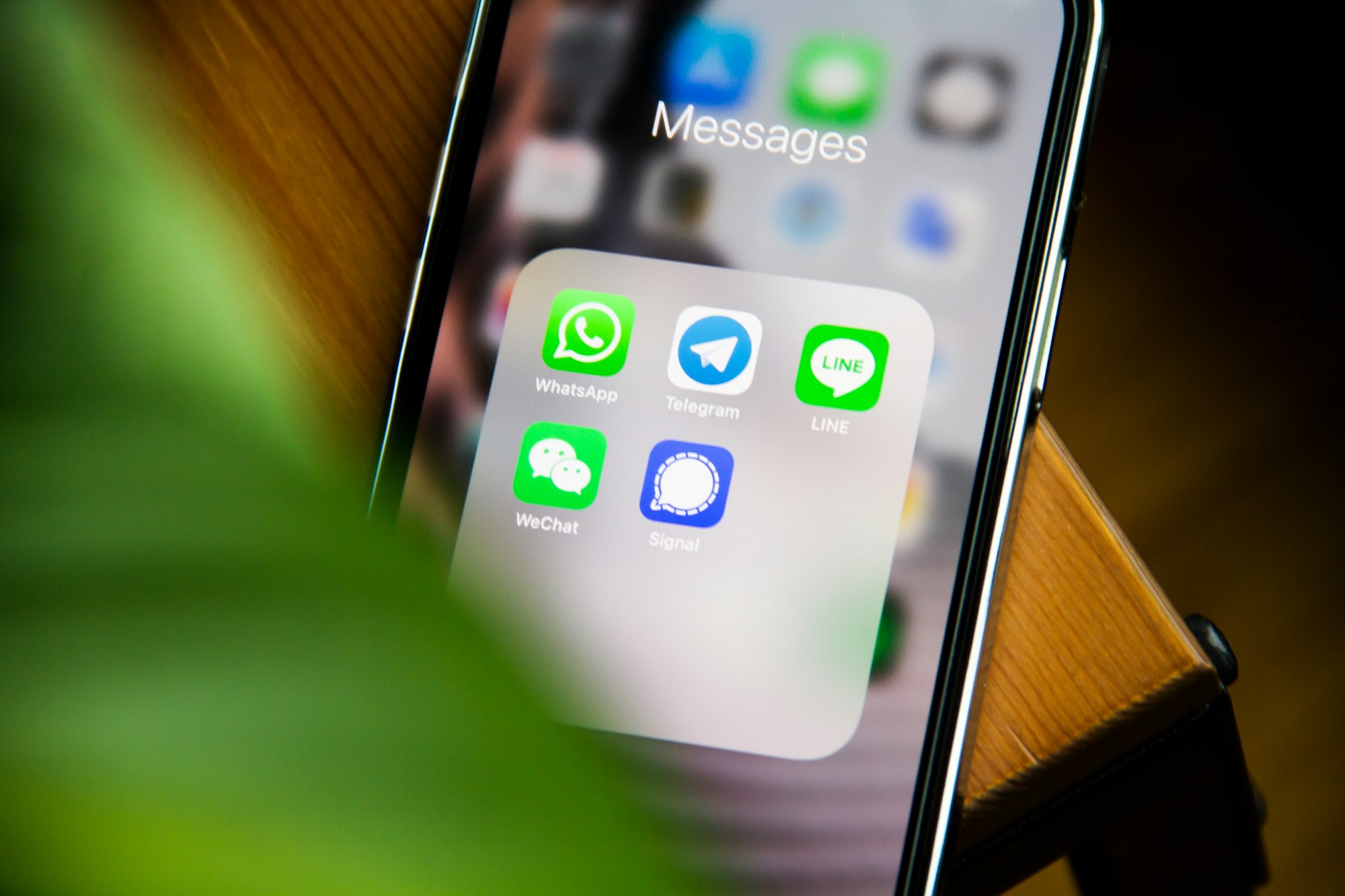
The Hacker Groups Behind the Campaign
1. UNC5792 (Linked to GRU Unit 26165)
- Tactics: Clone Signal's group invitation flow
- Infiltration Rate: 22% success in test phishing campaigns
- Signature Move: "Time bomb" QR codes that activate post-invite acceptance
2. UNC4221 (GhostWriter Affiliation)
- Military Focus: 89% of targets in Ukraine's armed forces
- Innovation: QR codes that self-destruct after first scan
- Resource: Maintains a database of 4,800+ compromised Signal accounts
Global Implications Beyond Ukraine
- Expansion Patterns: Recent attacks detected in:
- Georgian election monitoring groups
- Baltic state energy sector executives
- U.S. congressional staffers (3 confirmed cases)
- Cross-Platform Risk: Technique adaptable to:
- WhatsApp's multi-device feature
- Telegram's "Login by QR Code" function
- Microsoft Authenticator-style apps
- Economic Espionage: Corporate R&D teams now at risk via:
- Fake "confidential merger" Signal groups
- QR codes in spoofed investor documents
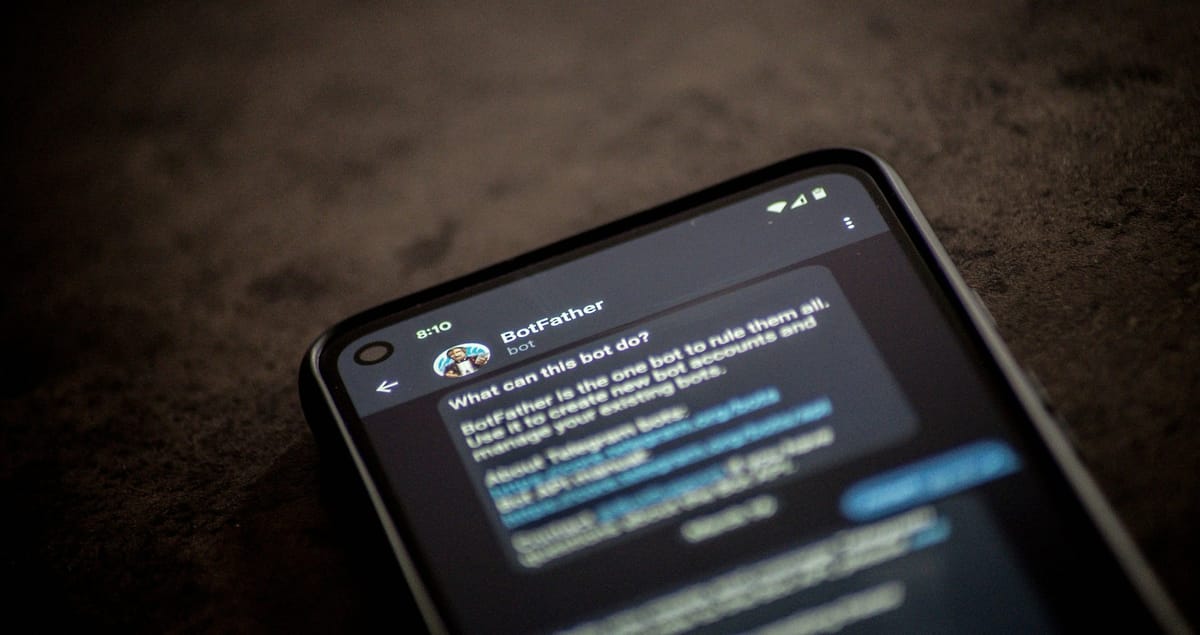
Protection Strategies for Users
Immediate Actions:
- Audit Linked Devices
Signal Settings > Linked Devices > Review/Remove Unknown Devices - QR Code Hygiene
- Never scan codes from unsolicited messages
- Verify source via secondary channel (e.g., voice call)
- Advanced Protection
- Enable Signal's "Registration Lock" with PIN
- Use dedicated devices for sensitive communications
Organizational Mitigations:
- Implement MDM solutions with Signal API monitoring
- Conduct QR code security drills (30% attack simulation)
- Deploy network-level QR code analyzers (e.g., Check Point Harmony)
Signal's Response and Industry Fallout
Recent Platform Updates:
- Linked Device Geolocation Logging (v6.45+)
- Biometric Re-Authentication for device linking (under development)
- QR Code Content Scanning API partnership with Bitdefender
Cybersecurity Industry Shift:
- NIST added "QR Code Phishing" to CWE list (CWE-943)
- PCI DSS 5.0 now requires QR transaction validation protocols
- Apple developing iOS "Secure Code Scan" framework
Malicious QR Code Exploits
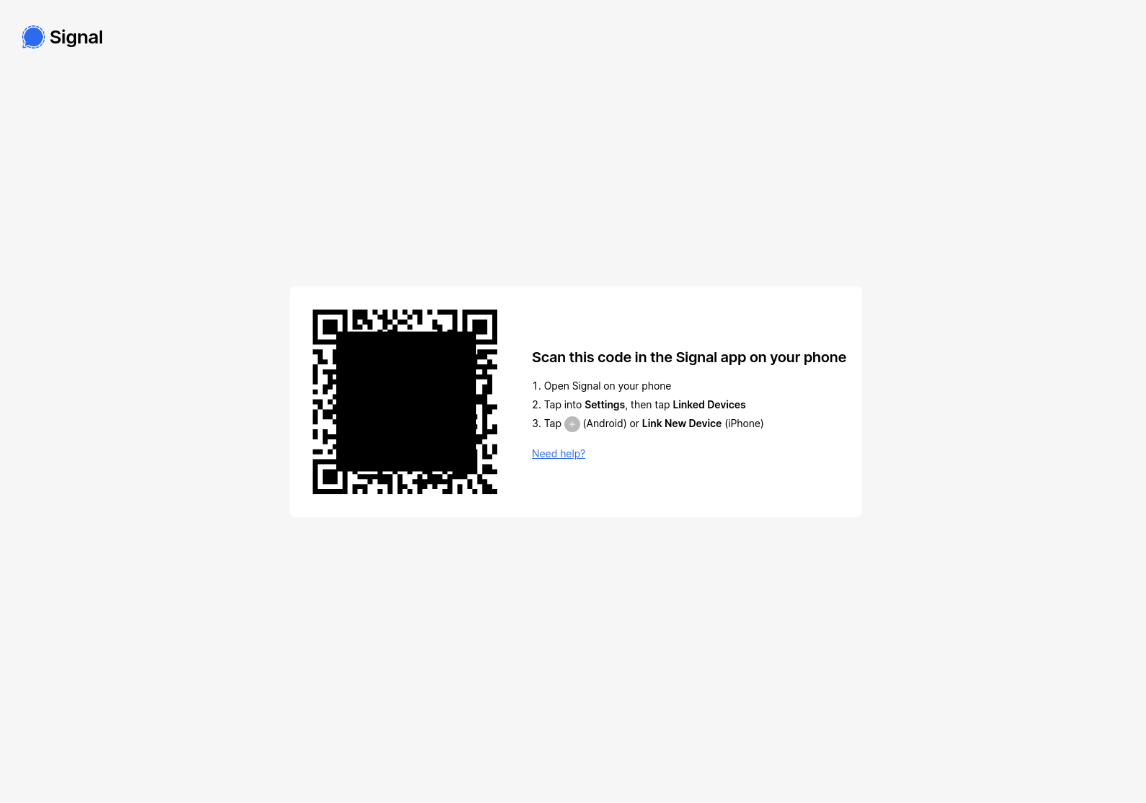
Russian threat actors have devised sophisticated methods to exploit Signal's device-linking feature using malicious QR codes. These codes are often disguised as legitimate Signal resources, such as group invites or device pairing instructions, or embedded in phishing pages mimicking specialized applications used by targeted individuals12. When scanned, these QR codes link the victim's Signal account to an attacker-controlled device, allowing real-time interception of messages without compromising the victim's device34.
The exploitation techniques vary based on the target. For broader campaigns, attackers may use fake group invites or security alerts, while targeted attacks might involve phishing pages tailored to specific interests, such as military applications25. In some instances, Russian military forces have even exploited devices captured on the battlefield to compromise Signal accounts36. This method of attack is particularly concerning due to its low-signature nature, making it difficult to detect and potentially allowing compromises to go unnoticed for extended periods7.
Signal's Linked Devices Vulnerability
Signal's "Linked Devices" feature, designed to allow users to access their accounts on multiple devices, has become a target for Russian threat actors. Attackers exploit this functionality by creating malicious QR codes that, when scanned, link the victim's Signal account to a device controlled by the hacker12. This technique enables real-time interception of messages without compromising the target's device or breaking Signal's encryption3.
The vulnerability has been exploited in various ways:
- Disguising malicious QR codes as legitimate group invites or security alerts14
- Embedding fake QR codes in phishing pages mimicking specialized military applications3
- Modifying legitimate Signal group invitation pages to redirect users to malicious URLs1
- Exploiting devices captured on the battlefield to access Signal accounts1
Google's Threat Intelligence Group warns that these tactics are likely to proliferate beyond the Ukrainian conflict, potentially affecting users globally and extending to other messaging platforms56.
The Future of Encrypted Comms Security
This crisis exposes a fundamental challenge: balancing usability with advanced persistent threats. While Signal engineers a fix (estimated Q3 2025), users must adopt a "zero-trust" approach to QR codes. The attack represents a paradigm shift – not in breaking encryption, but in exploiting human-system interaction flaws.
As Russian cyberwarfare units refine these tactics, the line between battlefield innovation and global cybercrime continues to blur, making every Signal user a potential frontline in 21st-century information warfare.
Sources Verified: Google TAG reports, Signal Foundation technical docs, NATO Cyber Rapid Reaction Team advisories, MITRE ATT&CK database.









